Let’s zoom out for a moment, look down at Earth, and consider how we have survived and evolved to live on this incredible planet. The air we breathe and ground we walk upon are part of that equation. However, in recent history, we have insulated ourselves from these elements through our built environment and rubber-soled shoes. While protecting ourselves from the elements has played a part in our survival, these advances have also removed us from their healthful benefits.
Nature’s medicine has been used to treat disease for centuries. In “Silver Linings of COVID-19” (Nov/Dec 2020), I discussed the integration of outdoor therapy into the modern medical system. First introduced by Arnold Rikli, MD in 1848 for treating tuberculosis, the therapy was then rediscovered 73 years later by physicians at Beth Israel Hospital for the same purpose. In 1918, “open air” treatment was used to treat the Spanish flu.1
Knowing what we know now about the importance of vitamin D for a robust immune system, this makes sense. Vitamin D is internally activated by exposing skin to the sun, and its researched benefits include enhanced bone strength, as well as improved mental, cardiovascular and nervous system health to name a few.2-4
Another important aspect of being outdoors is putting your feet in contact with the Earth. The practice of “grounding” (simply going barefoot) continues to grow as scientists unearth its positive effects on health. Every cell, chemical and molecule in our body (and the Earth) is based on physics, maintained through charges. Chronic exposure to altered environments from technology and insulation from the Earth as a result of our built environment changes our electrical potential. Touching the Earth directly rebalances our electrical potential to that of the Earth and influences physiological processes. Evidence suggests that grounding has anti-inflammatory effects including stabilizing the nervous system, decreasing agitation and stress, improving mood, accelerating healing, and reducing pain.5-9
Forest bathing, or Shinrin-yaku, is a practice of dedicating time to slow down and immerse (bathe) yourself in nature while increasing the awareness of your senses. Considering that trees and plants oxygenate air and provide volatile oils containing antimicrobial and mood-enhancing properties, this is understandable. These are just a couple of the countless variables that exist in a forest environment. Research has shown that spending time amongst nature has positive physiological and psychological effects including lowering blood pressure, improving depression, anxiety and stress, and improving immune function.10-14
In our harsh desert climate, caution must be taken with sun exposure and grounding. Accessibility of green spaces (forests) is also limited, thus, the need for such therapies is even more important. While no exact time for outdoor exposure has yet been determined, general recommendations are approximately 10-20 minutes of skin exposure to the sun, 20-30 minutes of grounding and an hour or more of forest bathing per day.
It is my hope that this encourages you to venture outside to access the many health benefits nature provides.
Dr. Shari Jainuddin is a naturopathic primary care doctor at One Life Naturopathic and also offers biofeedback training and craniosacral therapy. For more information, call (442) 256.5963 or visit www.onelifenaturopathic.org.
References available upon request.





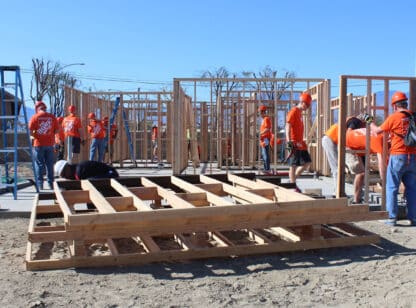
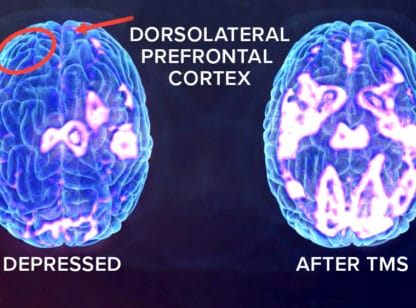



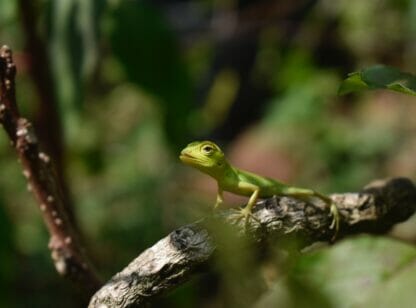









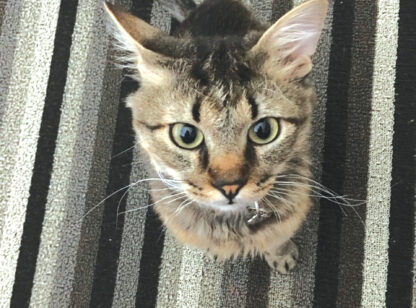


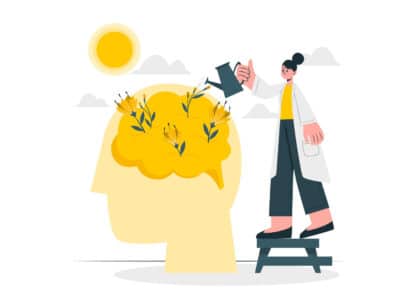


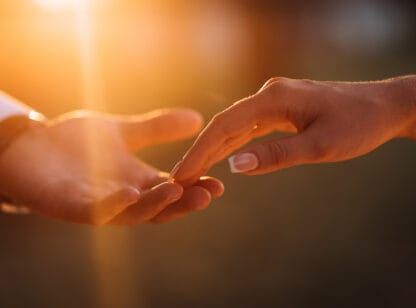










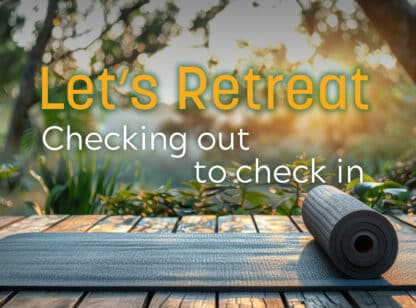



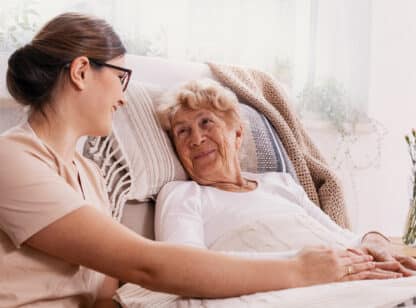






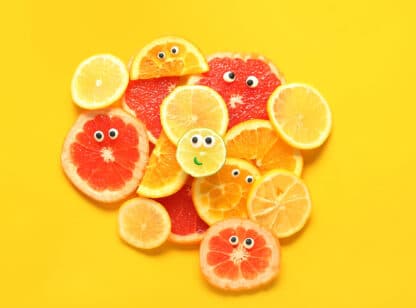
Comments (0)